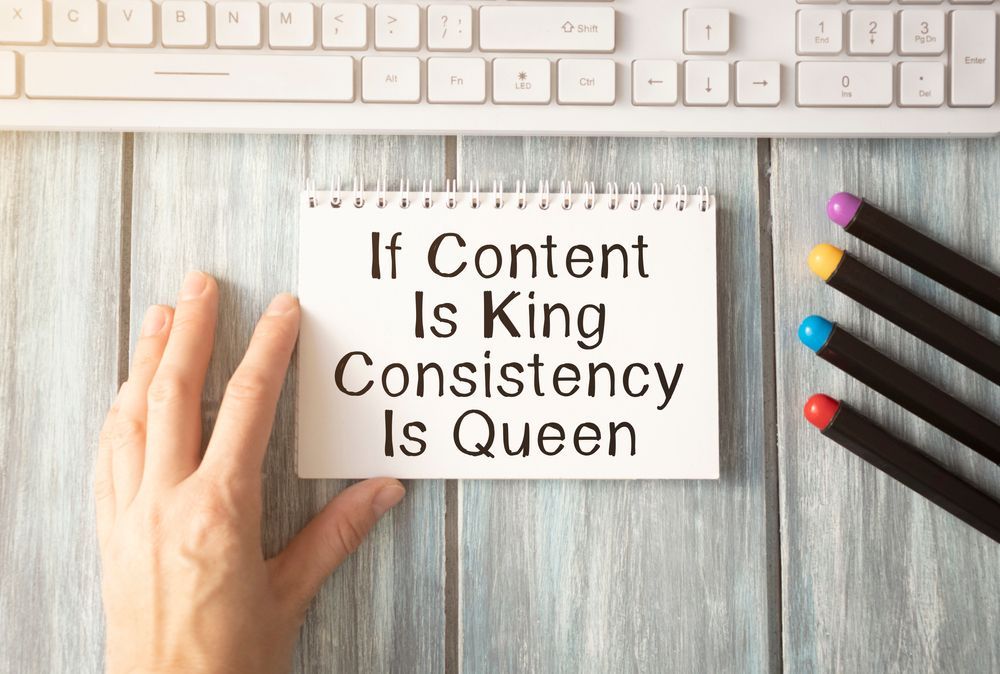Foundations of Customer Trust
You may find business communication stressful lately. The costs of goods are rising, materials continue to be scarce and hiring is a challenge.

Many business owners have had to share hard news with their customers about necessary price increases (or higher project quotes) as well as delays in service and product delivery. Will you face an angry barrage of complaints directed at you and your team or experience customer attrition? Hopefully not if TRUST has been earned and reinforced in your marketing. The goodwill garnered with trusted relationships is like an insurance policy.
Customer trust has three primary benefits: customer loyalty, customer referrals, and customer lifetime value. All are critical in this environment when customers are rationalizing their spending choices even more than usual. A quick summary:
- Customer loyalty is when customers make repeat purchases from your business over time. They’re also more likely to buy from you instead of a competitor and recommend your products or services to others. Loyal customers are more likely to forgive honest mistakes and delays, as well as understand price increases.
- Referral business can be a considerable source of growth for your company, especially when existing customer spending is slower. When customers trust you, they’re more likely to tell their friends and family about you.
- Customer lifetime value is the total amount of revenue that a customer will generate for your business over the course of their relationship with you. Trustworthy companies have clients who stick around longer and spend more money with your business.
FIVE STRATEGIES TO BUILD (AND KEEP) CUSTOMER TRUST TO STRENGTHEN YOUR BUSINESS:
- Be honest and transparent in all your dealings. Share data if you can. Admit and address errors when they occur.
- Deliver on your promises. If you say you’re going to do something, follow through. Keep customers apprised of changes or delays. You can do this 1:1 or through marketing channels.
- Be responsive and proactive in meeting their needs and concerns; express sympathy versus defensiveness. Reinforce active listening skills across your customer-facing staff. Small "above and beyond" surprises yield tremendous goodwill. Email newsletters, postcards and social media content can reinforce that you're on their side.
- Demonstrate that you care about the long-term relationship, not just making a one-time sale. Loyalty reward programs (that don't have to be expensive) emphasize your values.
- Get to know customers and client teams over time and remember their preferences with regard to your products, services and favored channels of communication. Thoughtfully use any personal data you may have learned over time (e.g., birthdays or volunteer work) to make interactions with your business better or special.










